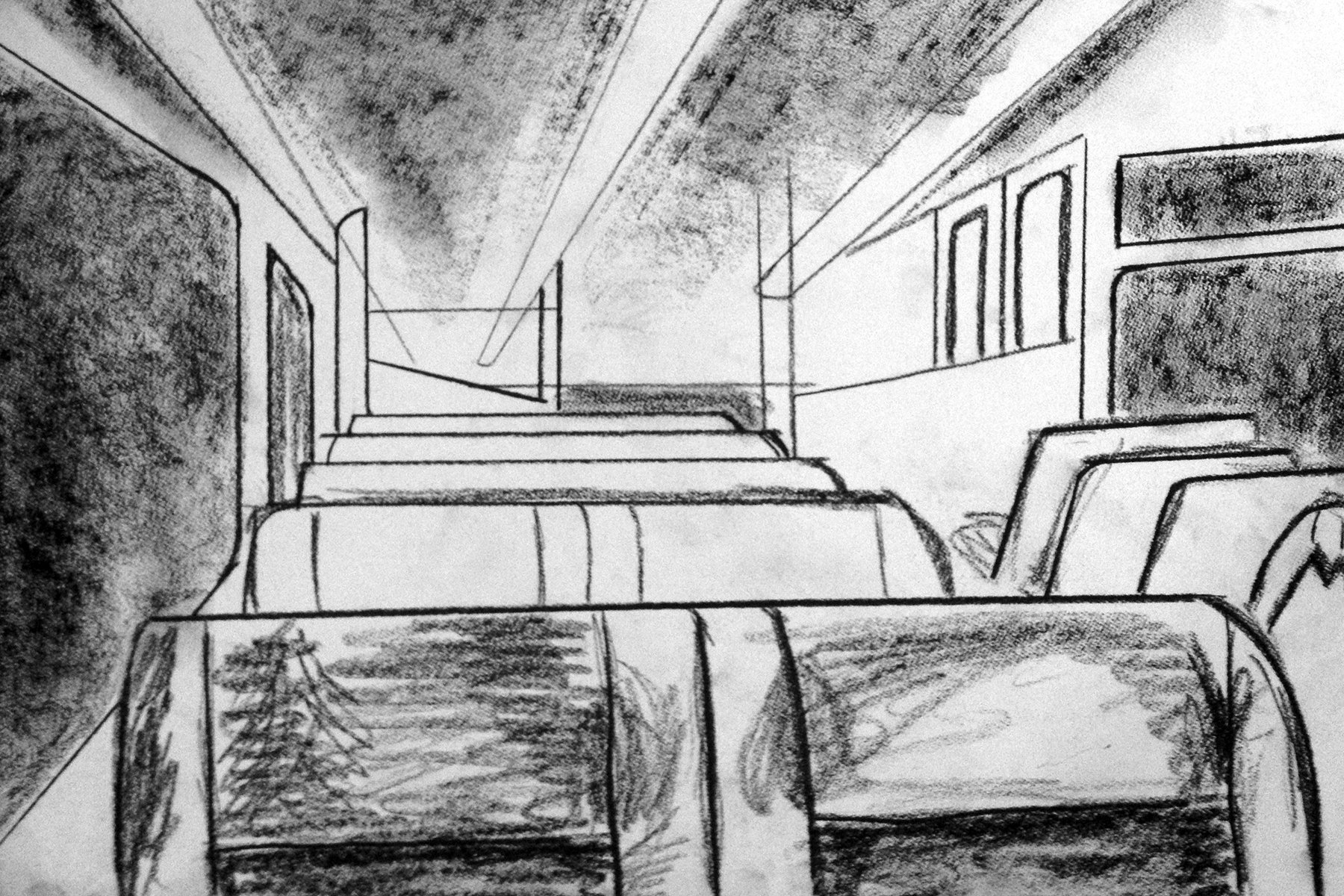Does Negative Feedback Kill Your Creativity?








During my time at art school, I delved into the intricacies of technique, studied renowned artists, and explored various styles. In my drawing and painting courses, I found myself attempting hyper-realism to impress my professors. Although learning the official techniques is a skill most strive for, this pursuit did not encourage thinking outside the box. Instead, it encouraged drawing directly from life, not from imagination. And so, the struggle to find my unique style ensued. Understanding the fundamentals of drawing, painting, and sculpting empowered me to pull inspiration from my favorite artists, rather than harvest my own style.
Art school can be a crucible for one's inner child, toughening students against criticism and enhancing their ability to communicate in visual terms. I've weathered rough critiques, enduring harsh remarks from fellow students who likened my work to something found in a “motel bathroom”. I found myself dissociating during critiques, putting on a tough exterior while I was crumbling inside once I made it back to my dorm. Surprisingly, even the professors didn't flinch at such hostility, nor did they always correct students who did not provide constructive criticism. Despite this, the terrible critiques forced me to think differently about my art — why someone might be turned off and how to improve. It didn't always mean they were right; sometimes, I chose to embrace what they disliked and pushed further into it out of spite. In essence, art school taught me to compensate for others’ inability to communicate clearly. I did so by trying to become a mind reader, deciphering the subtleties behind someone's critique. But this only lead me to be afraid of making mistakes, and to making small-minded choices which limited my creativity.
Constructive critiques, however, were my lifeline, as they still are today. Critiques should be objective, direct, and focused on the rationale behind artistic choices such as color palette, shape, and subject matter. Unlike vague expressions like "I don't like it" or “make it pop”, constructive critiques demand a clear explanation. Examples of this could be: the subject matter is overdone, the line work is too thick and lacked variation, or the muddied colors need more vibrancy. This direct communication takes the focus off of emotion and places it more into what is actually seen on the paper.
I thrived in classes where constructive critiques were encouraged, while those dominated by subjective assessments left me feeling uninspired, attacked, and on the verge of dropping the class altogether. Today, I have extended this preference to my professional life, refusing clients who cannot provide constructive feedback or hold a positive conversation to improve a design.
Although I strive to infuse witchcraft into my design work, I do not perform telepathy like I attempted in those infamous "motel bathroom" classes. Clear communication and teamwork is crucial for our joint success. My clients need to articulate what they want and describe it effectively for the sake of our collaboration. Clear communication always leads to better results.
Got a question? Don’t hesitate to send a raven!
